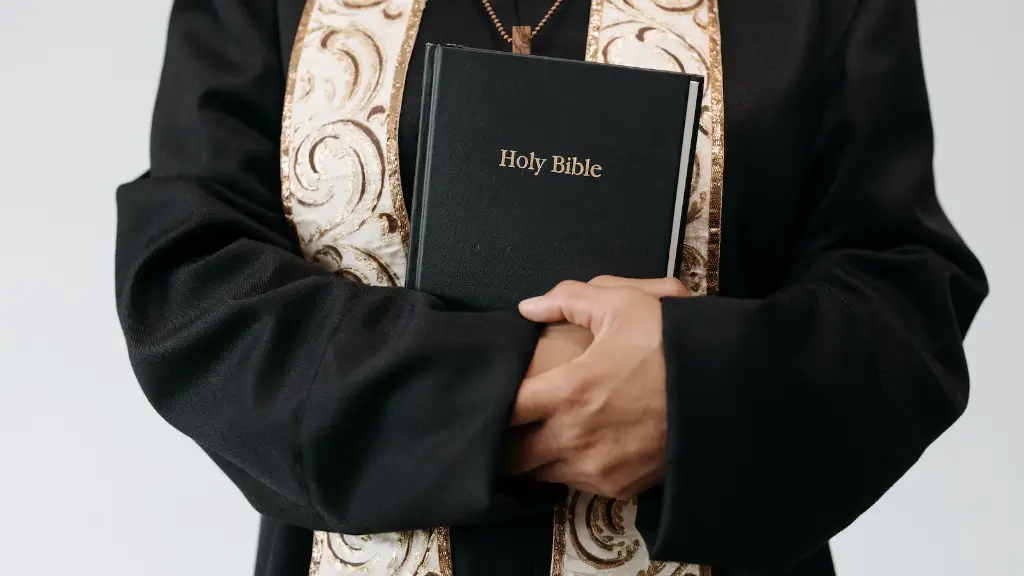The Bible’s description of angels is surprisingly varied, often seen as human-like figures, while some describe them as wings and others as auras or sparks of light. Some stories describe them as creatures with terrible eyes, like seeing a volcano erupting, while others portray them as kind and gentle beings. There are also references to tall and noble figures surrounded by light like a sunrise, while others are described as magnificent, divine creatures.
The Bible doesn’t state that all angels look the same; it only suggests that no one knows what these divine creatures look like. Even when angels have appeared to humans in the Bible, these descriptions are not always the same; different angels have different appearances.
We can look at the Bible for clues about the physical description of angels. For example, in Ezekiel 10:5-6 we read about “four living creatures,” which many scholars believe are angelic figures. They’re described as having four faces and four wings, four wings covered in eyes and “fiery” color throughout their bodies. Still, this is only one interpretation of one text, so the physical description of angels can still be up for debate.
Some Bible commentators have suggested that the physical shape of angels is a reflection of the spiritual qualities they represent. For example, angels are often seen as guardians or messengers of the divine, so they might be depicted with wings to suggest their swiftness. On the other hand, their bright colors might reflect their divine nature and the light of God. Similarly, the eyes on their wings might represent divine insight and awareness.
In addition to physical descriptions, the Bible also offers insight into the purpose and nature of angels. In Psalm 91:11, they are described as “mighty warriors” who protect those who trust in God. In other places, they are seen as ministering spirits sent by God to help believers. The Bible also mentions “archangels” who are tasked with overseeing other angels and protecting God’s kingdom.
Overall, angels are mysterious and awe-inspiring figures, with the Bible providing us with only a few glimpses into their looks and roles. While they are usually depicted as human-like figures with wings, the Bible suggests that we can’t be sure what they look like. Ultimately, it’s up to our own imaginations and interpretations to understand these divine creatures.
Angels’ Interaction With Humans
Throughout the Bible, angels appear to humans and offer them guidance, comfort, and protection. One of the most famous stories of angels interacting with humans is of the angel Gabriel appearing to the Virgin Mary, informing her that she would bear the son of God. In other stories, angels appear to Abraham, Jacob, and numerous other people in the Bible, helping them overcome their struggles and leading them in their lives.
The Bible also reveals that some angels are meant to deliver punishment, as seen in the book of Revelation. In this book, angels are described as bringing devastation and destruction in the form of plagues and natural disasters. This serves to illustrate the power of God and how disobedience can bring destructive consequences.
While we may never know how angels actually look, the Bible is clear that they have a powerful and mysterious role. They interact with humans, offer guidance, and bring both blessings and judgement. For those who believe, these are reminders ofGod’s presence in our lives and a sign of his divine power.
The Appearance of Angels in Arts
The physical description of angels has inspired countless works of art. From ancient paintings to modern sculptures, artists have long sought to capture the beauty and mystery of angels. In many of these works, angels are portrayed with wings, robes, and glowing eyes, which have become iconic symbols of these heavenly figures.
In Christian art, angels are often seen as noble and powerful figures that surround Jesus and ascribe glory to him. In Islamic and Hindu art, on the other hand, angels often depict devas, divine attendants that grant wishes and provide protection.
In contemporary art, however, the representation of angels has become more nuanced. Angels are seen as protecting figures, but they can also represent sadness, angst, and despair, just as they can bring joy and awe. In addition, some artists explore angels in relation to gender and race, looking at the possibilities of how they might interact with humans.
Angelic Interactions: Fact or Fiction?
Many people believe that angels are real and have interacted with them, claiming to have seen manifestations of these celestial forces. While some dismiss these stories as fanciful, others believe them and cite them as proof of the reality of angels.
Even some theologians accept accounts of angelic interaction, arguing that it is possible for angels to appear in a physical form. This view is especially held in certain mystical traditions, where angels are seen as real beings and not just symbols of faith. On the other hand, some argue that it is not possible for angels to manifest in physical form, as the Bible does not explicitly state that they can.
Whatever the truth may be, the belief in angels persists, as they remain a source of spiritual inspiration and divine protection. Although we may never fully understand what angels look like, the Bible offers us a glimpse into their mysterious nature and purpose.
Paranormal Angelic Activities – Angelology
Angelology is the study of paranormal angelic activities. It is a field of study that investigates the physical, spiritual and paranormal aspects of angelic activities. This field has gained a lot of interest in recent years, as more and more people are beginning to believe in the angels’ presence in the world. Angelology provides an opportunity to explore the fascinating realm of angelic activity, giving us insight into the mysterious world of angels.
Angelology investigates the various ways that angels interact with humans. It looks into different accounts of angelic signs and symbols and how they might be interpreted. It also seeks to understand the various roles angels have been thought to play in the world, such as being protectors and messengers.
Angelology also looks at how angels can be invoked and how they might respond to human requests. This can involve rituals, prayers or chants that seek to invoke the protection and guidance of the angels.
Ultimately, angelology is a fascinating field of study that seeks to explore the mysterious world of angels. Through its investigations, we can gain insight into the power and potential of angels and their relationship with us.
Angelology and Religion
Religious traditions have historically been a major source of information about angels and their activities. In fact, angels have long been a part of many religions, from Judaism to Christianity to Islam. This has resulted in a rich body of literature and artwork that pays tribute to the angels.
Religion has also provided various rituals and teachings that involve invoking the help of angels. These rituals, such as prayer and meditation, are often used to seek guidance and protection from angels. Furthermore, different religions have their own angelic hierarchies, with distinct orders and ranks assigned to angels according to their roles.
Still, regardless of the various beliefs and traditions, the Bible remains the most significant source of information on angels. From the physical description of angels to their purposes and activities, it has provided us with an invaluable and authoritative source on these divine creatures.
Angel Encounters and Sightings
Over the centuries, there have been countless accounts of people claiming to have seen or interacted with angels. These accounts can range from people experiencing comforting physical sensations to people actually seeing an angelic figure. Such encounters are often regarded as signs from God, giving believers a glimpse into the mysterious and powerful world of angels.
While it is not possible to prove that all angel encounters are real, many believe that they can be authentic experiences. Others suggest that some of the appearances of angels may be caused by mental or neurological conditions, such as hallucinations or flashbacks. Whatever the case may be, reports of angelic encounters remain a intriguing part of the angelic experience.
Angel sightings and encounters can also have a profound effect on those who experience them. From giving them hope during a difficult situation to inspiring faith and religious devotion, angelic encounters have played an important role in many people’s spiritual journeys.
Conclusion
In conclusion, the Bible may not tell us exactly what angels look like, but it does offer us insight into their purpose and mysterious nature. Through art and religion, we can gain further understanding of these divine creatures and their relationship with humans. Ultimately, believers and non-believers alike can appreciate the beauty, power and potential of angels.





